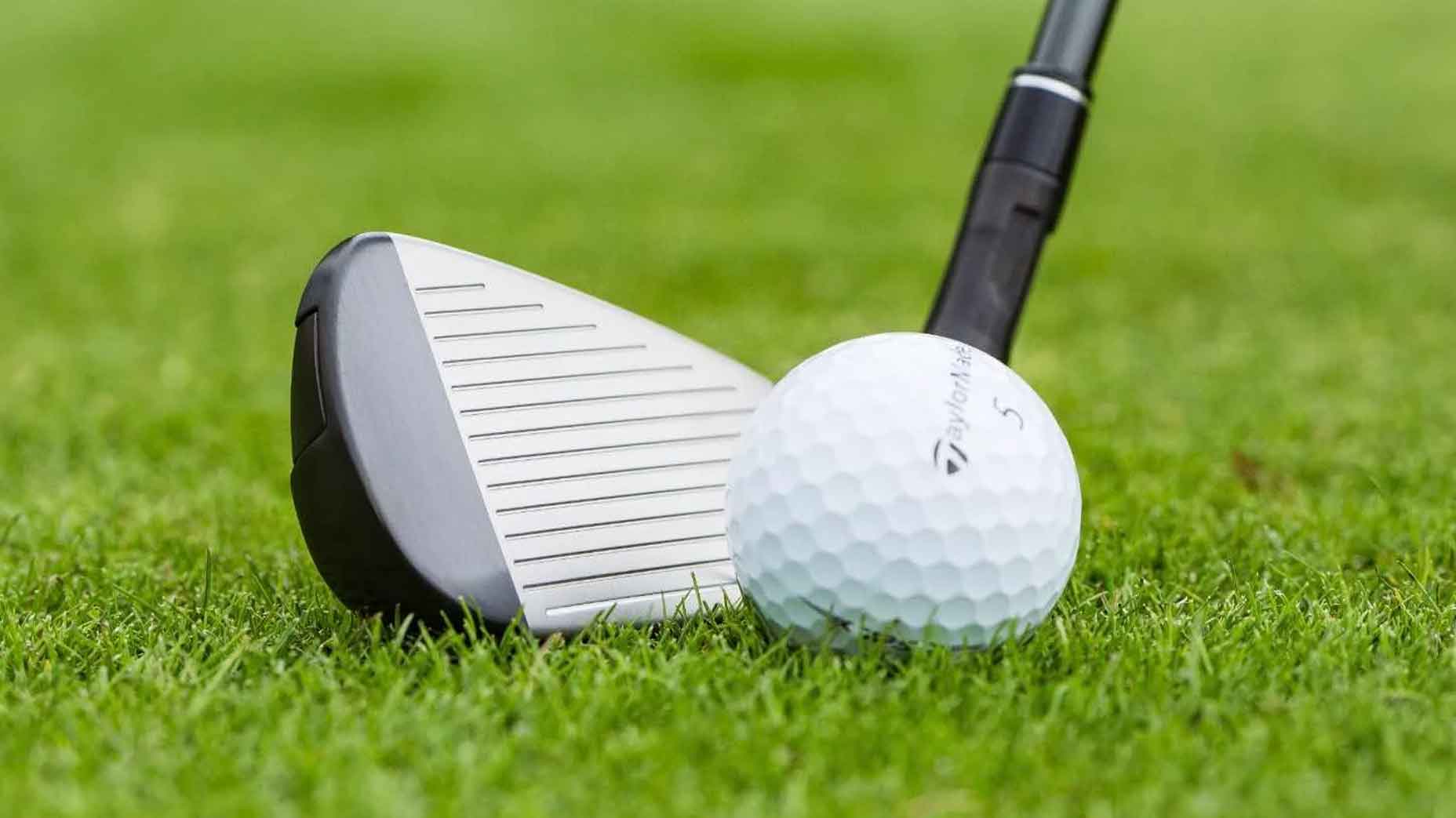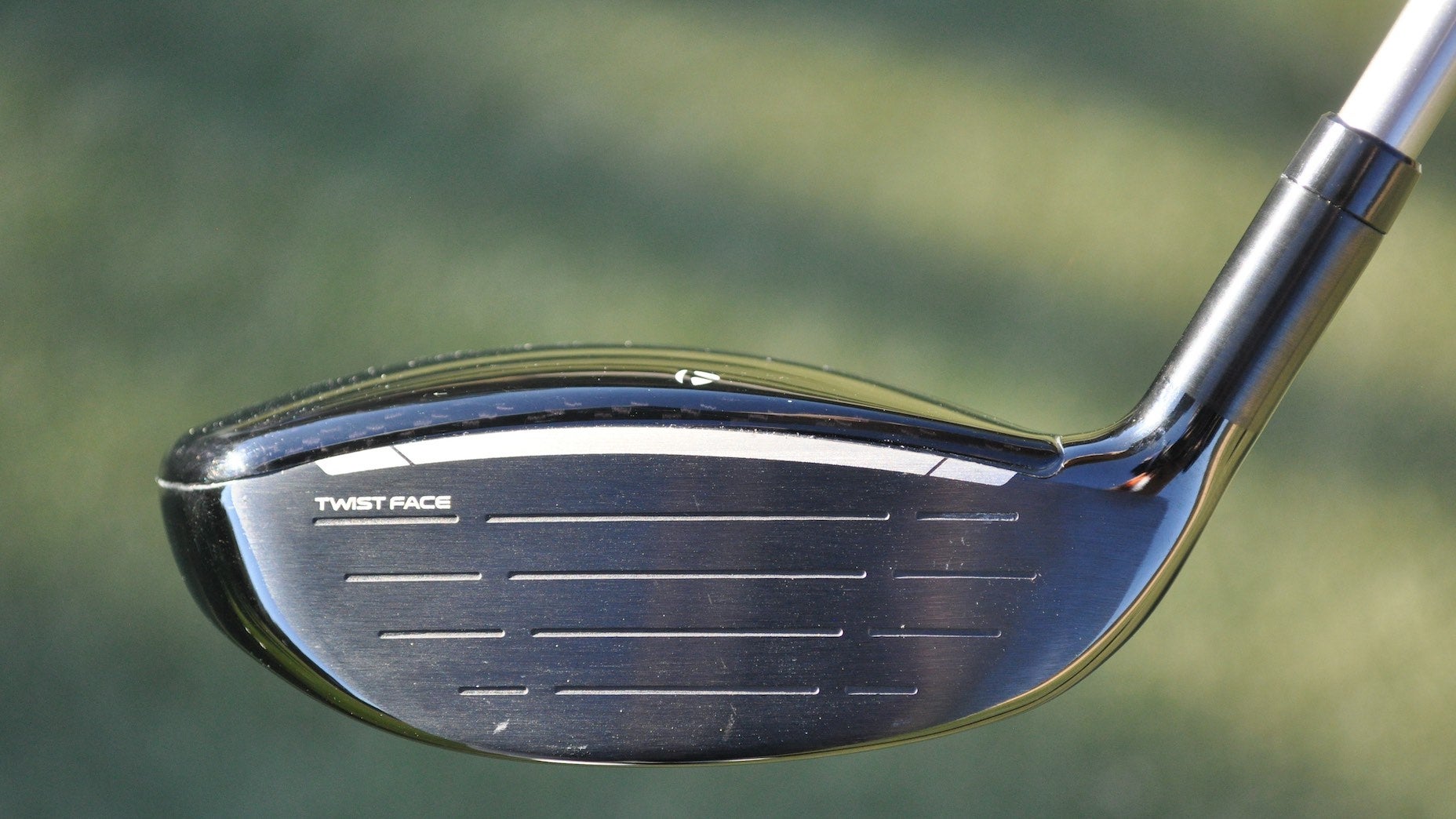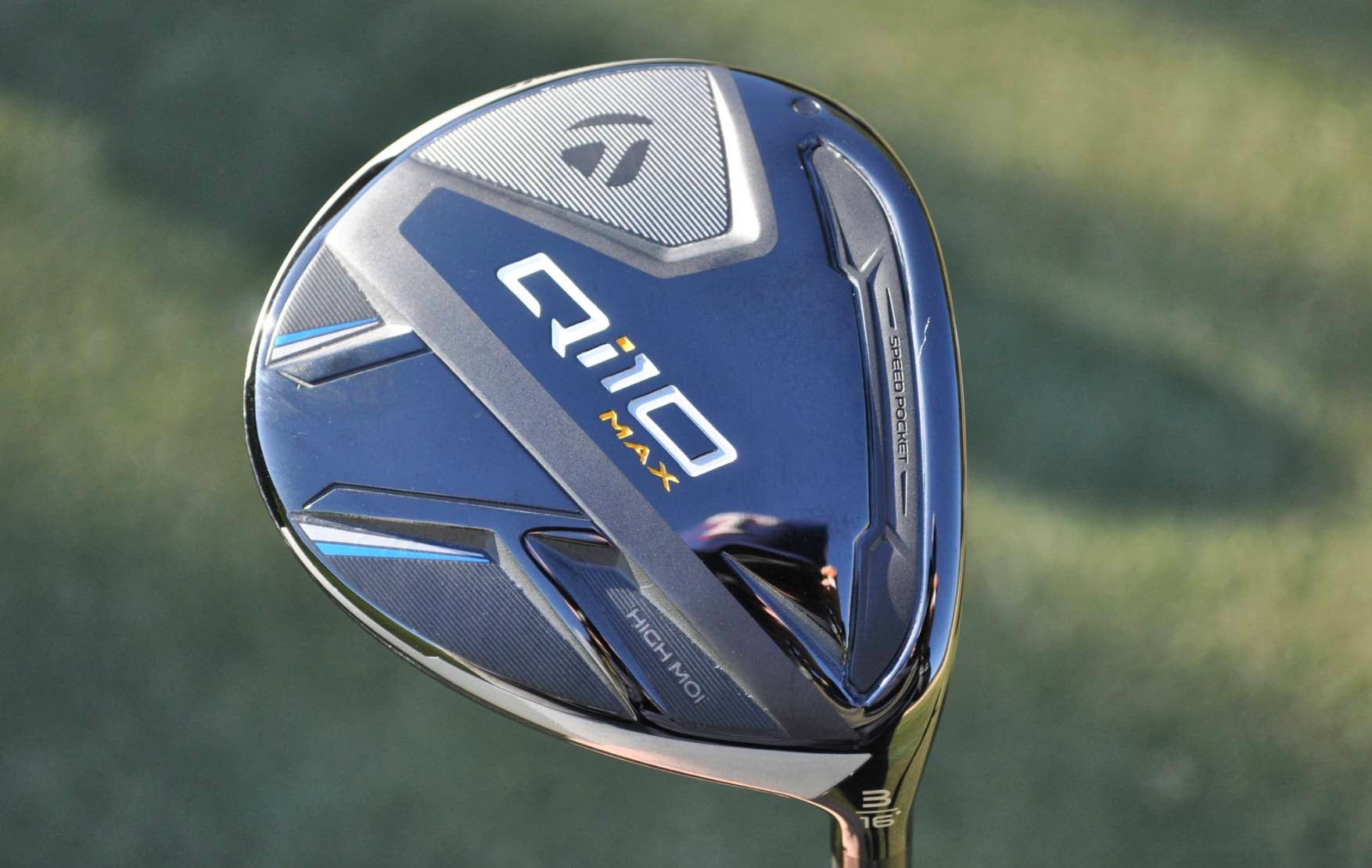Opting for a lower-lofted driver will help you gain more distance. There’s a chance a member of your weekly foursome has uttered these words during a round. Lowering ball flight can result in more distance — provided you match it up with the proper angle of attack.
In Part 1 of our most recent RoboTest, we highlighted how your angle of attack — which is tied to ball position — can greatly affect carry distance. Of course, not everyone plays a 10.5-degree driver. For the latest test, we added a 9-degree driver to the testing rotation to see how going down in driver loft changed carry distance with different attack angles.
The 9-degree test also gave us the opportunity to do a proper head-to-head test that highlights whether you’re better off using a lower or higher lofted head depending on angle of attack (AoA).
RoboTest: Gain 17 yards with this simple driver ball position changeBy: Jonathan Wall
Methodology: A 10.5-degree (stiff-flex shaft) driver was setup at 95 mph with a center impact strike at a 0 degree AoA. The tee position was then moved back –2, -4, and forward 2, and 4 degrees. Ball Position and face angle were adjusted so that the ball traveled straight down the target line with minimal side spin. The process was then repeated with a 9-degree driver.
Results: Based on robotic testing, you’re better off using a 9- or 10.5-degree head with these attack angles.
At a 0 AoA the 9 degree driver was 7 yards longer due to lower spin.
At –2 AoA the 10.5 degree driver was 2 yards longer due to a higher launch angle.
At –4 AoA the 10.5 degree driver was 9 yards longer due to higher launch and higher spin.
At +2 AoA the 9 degree driver was 14 yards longer due to decreased launch angle and reduced spin.
At +4 AoA the 9 degree driver was 14 yards longer due to decreased launch angle and reduced spin. (It should also be noted that an 8 degree lofted driver would create improved launch and spin numbers at this AoA setup, resulting in increased distance.)
Conclusion: Understanding how you deliver the club at impact, also know as AoA, is critical when it comes to optimizing driver loft. Simply selecting a driver because you think less loft is going to generate added distance could rob you of yards off the tee. On the flip side, going to a high-lofted driver might not always be the solution depending on head delivery.
“As you try to maximize distance, you can actually have too much loft,” said Golf Laboratories founder Gene Parente. “Because you’re naturally swinging up on the ball, so you’re already on the positive side.”
Bottom line, it’s important to get with a fitter to establish an AoA baseline. If your loft and AoA don’t match up, it might be time to consider other options.
Want to overhaul your bag for 2022? Find a fitting location near you at GOLF’s affiliate company True Spec Golf. For more on the latest gear news and information, check out our latest Fully Equipped podcast below.










